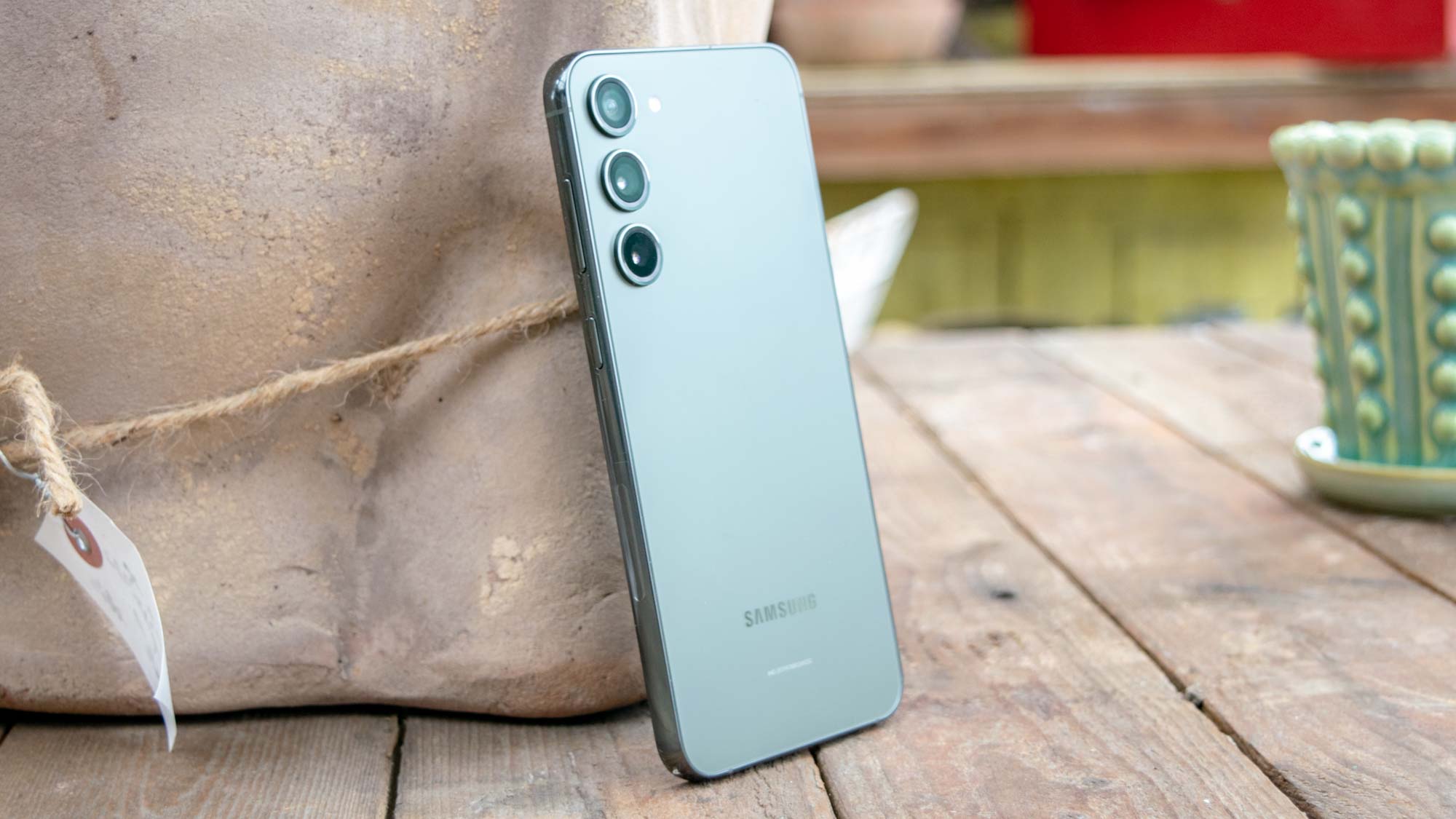Samsung Galaxy S23 proves that we don’t need new flagship phones every year

Now that the Galaxy S23 has had a week on store shelves, the dust has startled to settle. While it’s true that all three models are great in their own right, they reveal a problem we’ve mentioned before: iteration is not a compelling case for yearly upgrade releases.
While many have murmured and whispered this sentiment for a while now, especially with how expensive flagship phones are nowadays (with a few exceptions), it truly came to a head with the iPhone 14 launch last year. Apple essentially copy-pasted the iPhone 13 and re-released it for $799. Yes, the latest model is a good phone, but it’s also a slap in the face to Apple’s customers. It doesn’t even have a new chipset.
But it's not unique to Apple.
The iPhone SE is the right example

Samsung did something eerily similar for the Galaxy S23 and Galaxy S23 Plus, two phones that, while quite good, ultimately fail to elicit any excitement. They provide modest improvements for the most part, along with the new Snapdragon 8 Gen 2 for Galaxy chipset — which is arguably the only reason to pick the Galaxy S23 over the still-available Galaxy S22. (Samsung sells it for $699, much like Apple does with the iPhone 13.)
Speaking of Apple, the phone maker has an interesting strategy that I think would be best applied to flagship devices going forward. The iPhone SE (and now Watch SE) is a biannual launch that takes many of the improvements from the previous mainline iPhone and adopts them into a more affordable package.
The value proposition of the iPhone SE models is not the point. What I’m getting at is that the SE has released every other year since 2020. That’s not quite enough to make for a trend, but it certainly gets my gears going. I think this is the right call.
Every other year would be better
Going to an every other year release cycle would serve a lot of benefits. It would line up with the idea that people tend to wait two or more years between phone upgrades.
Get instant access to breaking news, the hottest reviews, great deals and helpful tips.

Yet, I think going this route would ultimately prove most beneficial to the smartphone industry itself. Not only would a biannual cycle create more hype than an annual one, and thus likely lead to better sales, but it would likely save companies money on R&D. Neither would the supply line be too disturbed since the phone makers would still produce the current generation of devices.
A lot of consumers have picked up on the fact that flagships don’t change much year-over-year. This seems to have proven detrimental for phone makers.
The Galaxy S23 and Galaxy S23 Plus are the epitome of iteration, even more so than the Galaxy S22 and Galaxy S22 Plus. The Galaxy S23 Ultra bears the most changes, but most of its excitement comes down to the 200MP camera. And as you can see in our Galaxy S23 Ultra vs. Galaxy S22 Ultra camera comparison, the differences aren’t that massive. So even the Ultra could have benefited from a year off.
This isn’t a popular idea, I know, and it will likely never happen. The phone makers see too much money to be made on a yearly upgrade cycle, even though it’s proving detrimental to them in some ways.
A lot of consumers have picked up on the fact that flagships don’t change much year-over-year. In my Galaxy S23 Plus review, I said that Galaxy S21 Plus and Galaxy S22 Plus owners would be better off keeping their devices — the true upgrade lay with people on the Galaxy S20 series and older.
Galaxy S23 outlook
We don’t need new flagship phones every year. That may have once been true when innovation came at such a rapid pace, but now things have slowed down dramatically.
Iteration has become the name of the game and, from where I’m sitting, it’s creating more stagnation than anything. True smartphone improvements, in general, come every couple of years, not every year.
Phone makers, calm down. We don’t need modest upgrades every year.

Jordan is the Phones Editor for Tom's Guide, covering all things phone-related. He's written about phones for over six years and plans to continue for a long while to come. He loves nothing more than relaxing in his home with a book, game, or his latest personal writing project. Jordan likes finding new things to dive into, from books and games to new mechanical keyboard switches and fun keycap sets. Outside of work, you can find him poring over open-source software and his studies.
